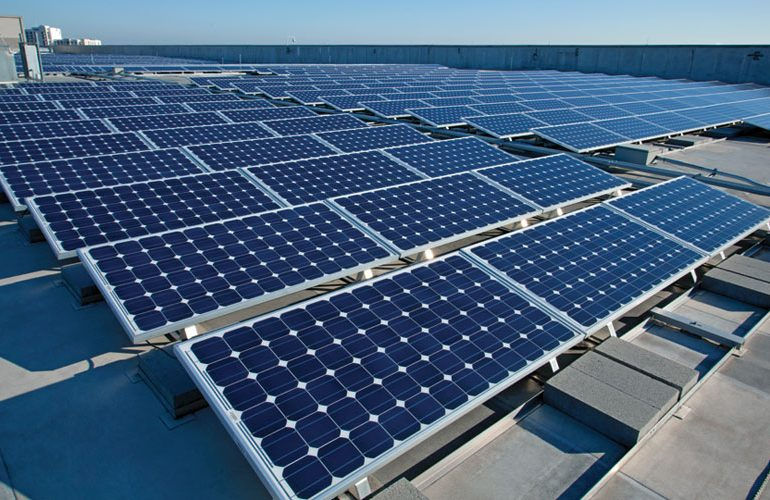Solar and Hydro Which Should Governments Be Investing in for a Better ROI
- Reon Energy
- Jul 18, 2020
- 2 min read
The global solar energy market is rapidly gaining traction, and it’s predicted that the world will reach 1 trillion watts of installed solar PV capacity by 2023. With these expectations, there are enormous potential and massive opportunities not only for energy investors but also for renewable energy supporters who are striving to achieve SDG 7—ensuring access to affordable, reliable, sustainable and modern energy for all.
Industries surrounding renewable energy sources commonly exist in an odd dynamic. Just as solar is undoubtedly a leading renewable energy source, so too do other forms bring their own advantages alongside potential drawbacks. On the one hand, there’s the industry-wide recognition that the greater uptake of green energy technology among solar, hydro, wind and other renewable sources is beneficial to all. Not only those in the green energy sector but all people across the world.
When it comes to comparing the value between solar and hydro energy, which one comes out on top? Especially when multiple forms of renewable energy could be viable for a new government plan or private investment.
Shining a light on solar
Solar is enticing to consumer seeking a renewable energy resource that is affordable, durable, reliable and essentially perpetual. However, the lead drawback to solar is this need for sunshine. But it’s a very manageable drawback—after all Mediterranean nations like Portugal, Spain, and France will always be among the sunniest nations on Earth even if an occasional summer sees more grey clouds on average—the smaller the solar installation the more substantial this drawback. On a large scale though, solar power can provide a real size advantage.
What hydro offers?
Like solar, hydro harnesses the power of nature to generate energy. Alongside the capacity for rivers and other waterways to churn more reliably day in and day out—something solar cannot always guarantee—there’s also the capacity to generate energy at night. Given the moon can’t offer the energy generation that the sun provides solar panels, anyone seeking to make use of the sun’s energy at night from solar technology will have to rely on power stored in a solar battery.
Combining solar and hydro power
Just as both these technologies remain young compared to fossil fuels, the ambitions to devise projects that more powerfully combine these two remain in development. Nonetheless, already we have a glimpse of the promise these two technologies could offer an array of countries around the world when combined.
For More:




Comments